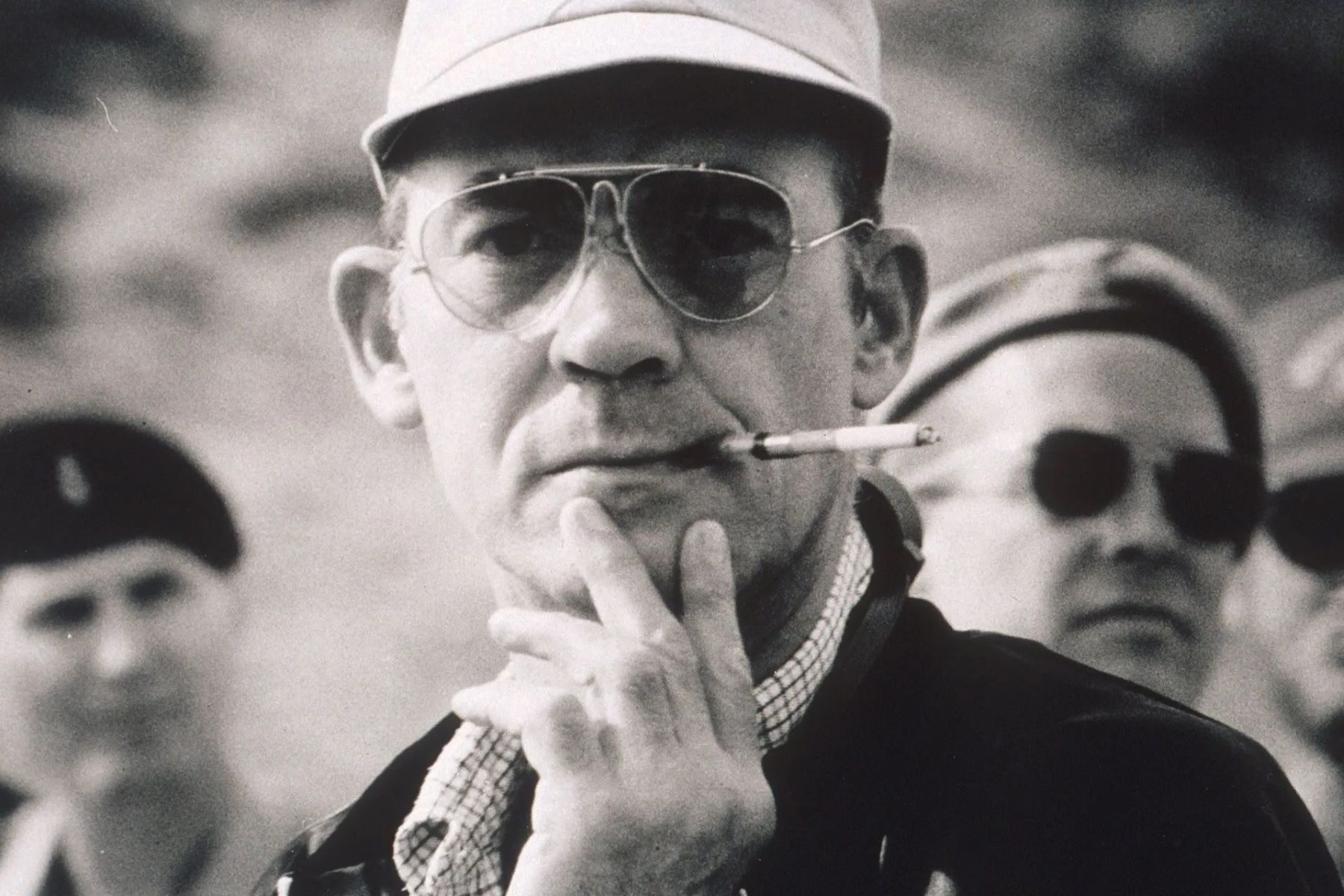
Albert Hofmann is a name that resonates with anyone interested in science, especially chemistry and pharmacology. Born in Switzerland, he is best known for synthesizing LSD (lysergic acid diethylamide), a compound that would go on to have a profound impact on both science and culture. But there's more to Hofmann than just his famous discovery. Did you know he also made significant contributions to the study of ergot alkaloids? Or that he had a deep interest in the natural world, particularly in the medicinal properties of plants? This post will dive into 35 intriguing facts about Albert Hofmann, shedding light on his life, work, and the legacy he left behind. Buckle up for a journey through the life of a man whose curiosity and dedication changed the world.
Key Takeaways:
- Albert Hofmann, a Swiss chemist, accidentally discovered LSD's psychoactive effects, leading to groundbreaking research in psychedelics and their potential therapeutic uses.
- Hofmann's work inspired a generation of researchers and psychonauts, influencing modern science, culture, and the ongoing exploration of psychedelics' healing potential.
Early Life and Education
Albert Hofmann's journey began in a small Swiss village. His early years and education laid the foundation for his groundbreaking discoveries.
- Born on January 11, 1906, in Baden, Switzerland, Hofmann was the eldest of four children.
- His father worked as a toolmaker, while his mother was a homemaker.
- Hofmann showed an early interest in nature, often exploring the local forests and fields.
- He attended the University of Zurich, where he studied chemistry, focusing on plant and animal chemistry.
- Hofmann earned his doctorate in 1929, with a dissertation on the chemical structure of chitin, a component of insect exoskeletons.
Career at Sandoz Laboratories
Hofmann's professional life was largely spent at Sandoz Laboratories, where he made his most famous discovery.
- In 1929, Hofmann joined Sandoz Laboratories in Basel, Switzerland, as a research chemist.
- His initial work involved studying the medicinal properties of plants, particularly ergot, a fungus that grows on rye.
- Hofmann's research aimed to synthesize new compounds for pharmaceutical use.
- In 1938, while working on ergot derivatives, he first synthesized lysergic acid diethylamide (LSD-25).
- The compound was initially set aside due to a lack of significant pharmacological effects in animal tests.
The Discovery of LSD's Effects
Hofmann's accidental discovery of LSD's psychoactive properties changed the course of his career and the world of psychedelics.
- On April 16, 1943, Hofmann accidentally absorbed a small amount of LSD through his skin, experiencing its effects for the first time.
- Three days later, on April 19, he intentionally ingested 250 micrograms of LSD, marking the first intentional LSD trip, now celebrated as "Bicycle Day."
- Hofmann described his experience as a "not unpleasant intoxicated-like condition," with vivid, kaleidoscopic colors and shapes.
- This discovery led to further research into LSD's potential therapeutic uses.
- Sandoz Laboratories began distributing LSD to researchers and psychiatrists under the trade name "Delysid."
Contributions to Psychedelic Research
Hofmann's work extended beyond LSD, contributing significantly to the field of psychedelics.
- He discovered and synthesized other psychoactive compounds, including psilocybin and psilocin, the active ingredients in magic mushrooms.
- Hofmann's research helped establish the field of psychopharmacology, studying how drugs affect the mind.
- He advocated for the therapeutic potential of psychedelics in treating mental health conditions.
- Hofmann believed that psychedelics could help individuals achieve a deeper understanding of themselves and the universe.
- His work inspired a generation of researchers and psychonauts, including Timothy Leary and Aldous Huxley.
Later Life and Legacy
Hofmann's later years were marked by continued advocacy for psychedelics and recognition of his contributions.
- He retired from Sandoz Laboratories in 1971 but remained active in the scientific community.
- Hofmann wrote several books on his experiences and the potential of psychedelics, including "LSD: My Problem Child."
- He received numerous awards and honors, including the Scheele Award from the Swedish Academy of Pharmaceutical Sciences.
- Hofmann was named one of the 100 greatest living geniuses by The Daily Telegraph in 2007.
- He continued to advocate for the responsible use of psychedelics until his death.
Personal Life and Interests
Beyond his scientific achievements, Hofmann had a rich personal life and diverse interests.
- Hofmann married Anita Guanella in 1933, and they had four children together.
- He was an avid nature lover, often hiking and exploring the Swiss Alps.
- Hofmann had a deep interest in philosophy and spirituality, influenced by his psychedelic experiences.
- He believed in the interconnectedness of all living things and the importance of preserving nature.
- Hofmann enjoyed painting and drawing, often depicting his psychedelic visions.
Impact on Modern Science and Culture
Hofmann's discoveries have had a lasting impact on both science and popular culture.
- LSD became a symbol of the 1960s counterculture movement, influencing music, art, and literature.
- His work paved the way for modern psychedelic research, which is experiencing a renaissance today.
- Researchers are exploring the potential of psychedelics to treat conditions like depression, PTSD, and addiction.
- Hofmann's advocacy for the responsible use of psychedelics continues to inspire discussions on drug policy and mental health.
- His legacy lives on through the ongoing exploration of the mind and the potential of psychedelics to heal and transform.
The Legacy of Albert Hofmann
Albert Hofmann's work left a lasting impact on science and culture. His discovery of LSD opened new doors in psychedelic research and mental health studies. Hofmann's dedication to understanding the mind's potential has inspired countless researchers and enthusiasts. His work wasn't just about a single substance but about exploring the human experience. Hofmann's curiosity and scientific rigor remind us of the importance of pushing boundaries and asking questions. His legacy lives on in ongoing research and the broader acceptance of psychedelics in therapeutic settings. Hofmann's contributions continue to shape our understanding of consciousness and mental health. His life's work stands as a testament to the power of scientific discovery and its potential to change the world.
Frequently Asked Questions
Was this page helpful?
Our commitment to delivering trustworthy and engaging content is at the heart of what we do. Each fact on our site is contributed by real users like you, bringing a wealth of diverse insights and information. To ensure the highest standards of accuracy and reliability, our dedicated editors meticulously review each submission. This process guarantees that the facts we share are not only fascinating but also credible. Trust in our commitment to quality and authenticity as you explore and learn with us.


